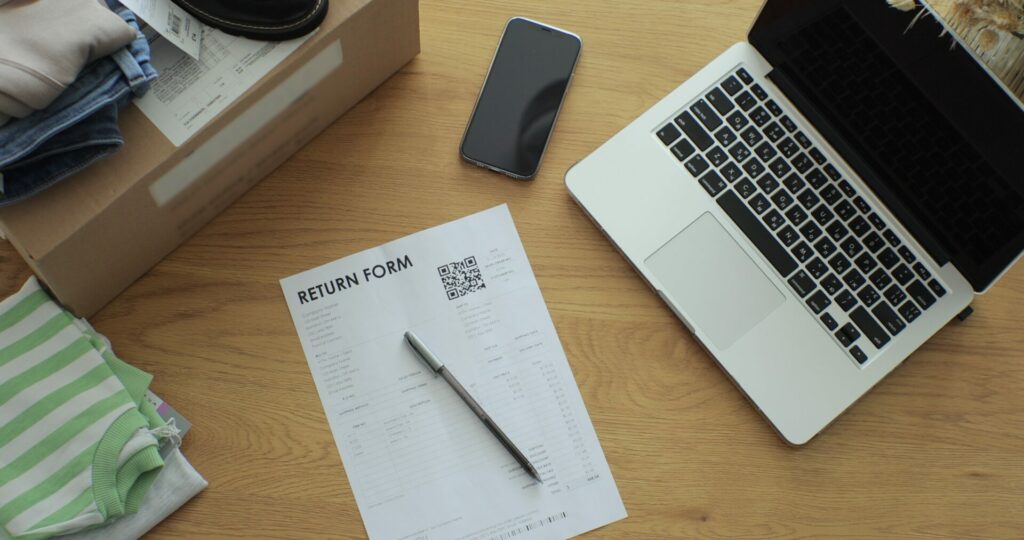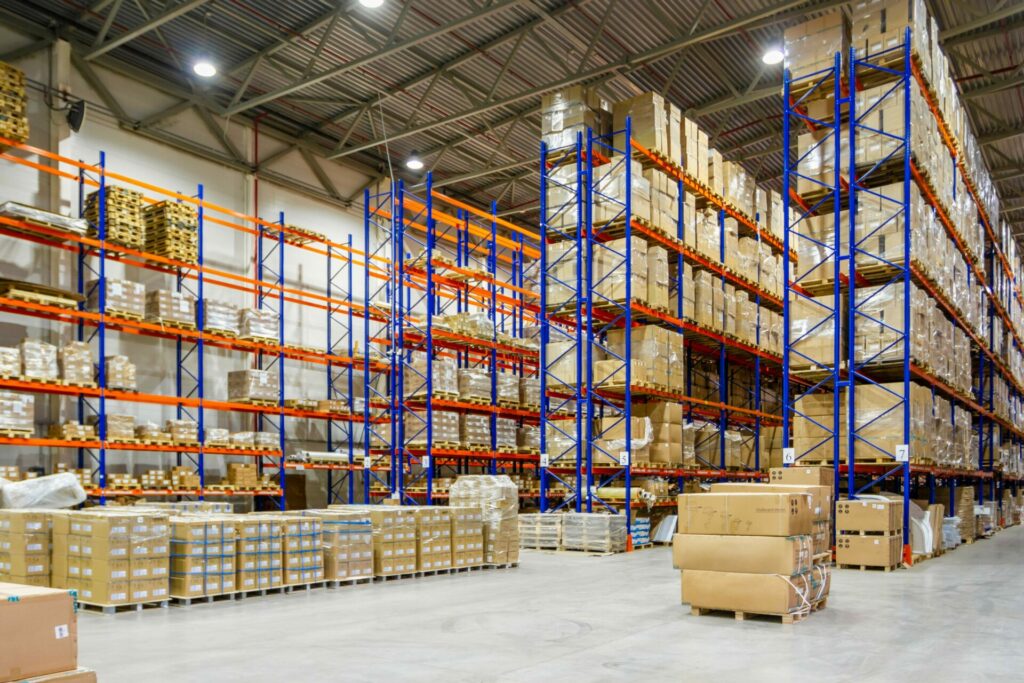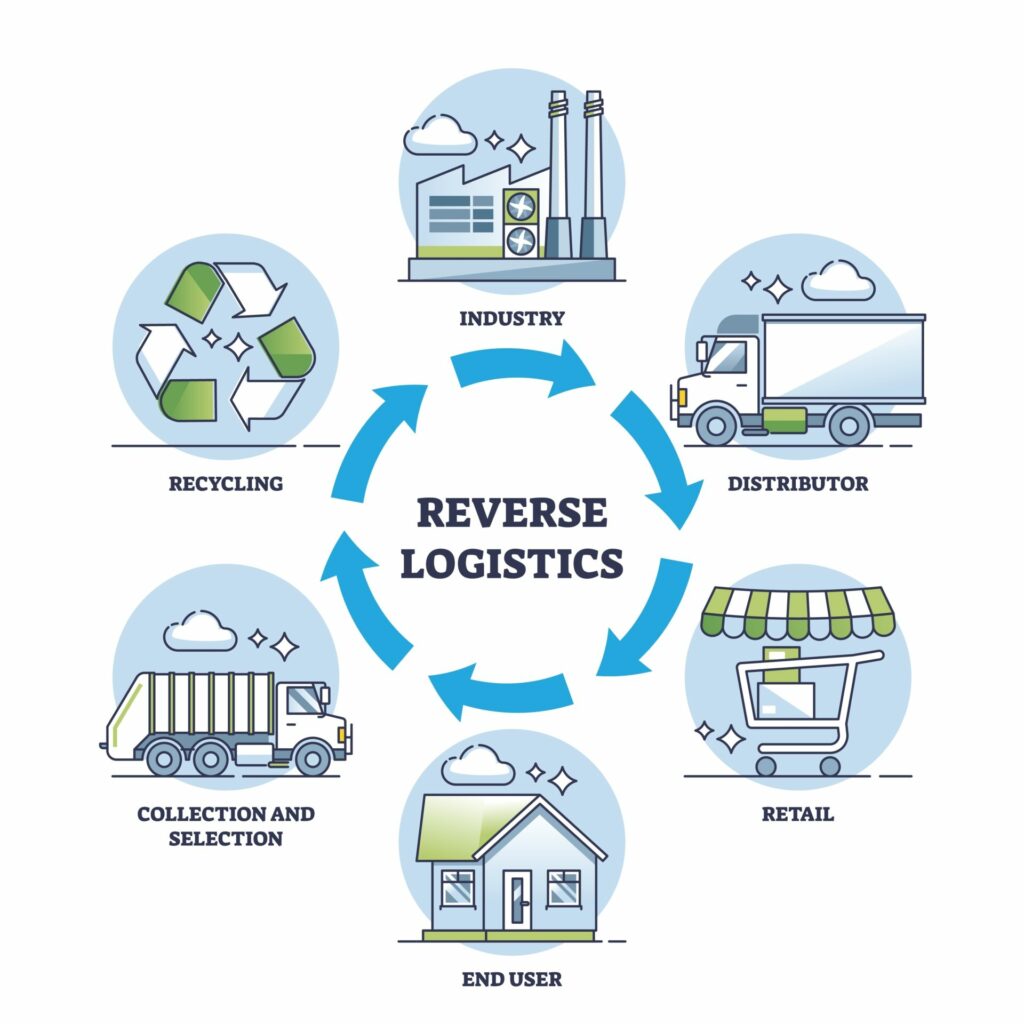There’s a dizzying number of shipping strategies for merchants to choose from in 2021. Same-day delivery is the new kid of the block, with the market set to be worth $9.6 billion in the United States by 2022. Next-day shipping is also increasingly common, while two-day shipping has become the new normal thanks to Amazon.
But what do terms like ‘same-day shipping’ actually mean? And how do you know which shipping speed is right for your ecommerce business?
Same-Day, Next-Day, and Two-Day shipping definitions
Let’s dive into what these different shipping speeds mean in practice:
Same-day shipping: An order being dispatched for shipping the same day it’s received.
Next-day shipping: An order being dispatched for shipping by the following day.
Two-day shipping: An order being dispatched within two days of being received.
Shipping speed causes a lot of confusion amongst consumers. This is because merchants don’t usually take the time to educate customers on how the shipping process works.
Amazon shook up the world of ecommerce in 2005 when it launched free two-day shipping as a standard offering for Prime customers. Yet the behemoth has constantly received complaints about orders not arriving within a two-day window.
Here’s the kicker; two-day delivery is not what Amazon Prime is promising – and nor is any other retailer.
The confusion stems from the fact that terms like ‘same-day shipping’ and ‘same-day delivery’ are used interchangeably, even though they mean very different things.
At Amazon, the clock begins once the parcel is with the carrier – NOT from the moment an order is placed. Depending on how long the fulfillment process takes, it can be considerably longer than two days by the time the parcel makes it to the customer’s doorstep.
Add next-day and same-day shipping offerings into the mix, and it’s easy to see how little room there is for error. For an order to be dispatched the same day it’s received, this requires an extremely well-oiled fulfillment strategy.
Complaints are easy enough to weather when you have a massive online presence and high levels of brand loyalty like Amazon. But few independent online sellers are able to get away with this kind of miscommunication. If a first-time customer receives a ‘late’ delivery, the chances of them buying from that brand again are slim. In such a crowded marketplace, it’s easy for them to find similar products elsewhere.
That’s why it’s important not just to properly communicate your shipping strategy but to make sure that you’re using the right one. After all, you should never promise what you can’t deliver (no pun intended).
How to choose the right shipping strategy for your ecommerce business

How many fulfillment locations are you using?
Whether you’re using a centralized or multi-node fulfillment strategy has a massive influence on achieving rapid shipping timeframes.
If you only have one facility for processing and fulfilling online orders, your operation is vulnerable to disruption. An adverse weather event or peak season rearing its head can easily result in delays dispatching orders – which also means delays to shipping.
Furthermore, it’s impossible to promise the same shipping timeframes to all of your customers. If your distribution center is in Texas, your customers in New York are going to receive their orders slower than a customer in California. Juggling these different sets of consumer expectations can put a huge burden on your customer care team.
By adopting a multi-node approach that uses smaller fulfillment centers in key customer hubs, you can lower last-mile delivery timeframes and guarantee much faster shipping.
Are you planning on charging for shipping?
There’s a lot of pressure for ecommerce merchants to offer blanket free shipping on all orders. But while absorbing shipping costs might keep customers happy, this can have a serious impact on your profit margins.
Because of the financial hit, many merchants end up choosing slow Ground shipping methods to cut costs. This means that free shipping is often synonymous with slow shipping, which is hardly going to improve customer satisfaction.
So if it’s a question of choosing between fast or free shipping, which is the bigger drawcard?
It’s easy to assume that charging for shipping is a serious faux pas, but surveys show that consumers are increasingly valuing speed over price. In fact, 70% of online consumers are prepared to pay extra to access services that guarantee faster shipping.
The verdict is clear: If it means they can get their order faster, the majority of customers aren’t opposed to chipping in.
Are BOPIS or curbside pick-up viable options for your business?
For merchants with both digital and physical storefronts, there’s a value-added alternative to rapid shipping; offering a click and collect service. BOPIS (Buy Online, Pick-up In-Store) and curbside pick-up have gained widespread popularity due to the pandemic, with 90% of retailers planning to implement these offerings by the end of 2021.
For consumers, the appeal is obvious. They get to avoid the shipping costs associated with home delivery and receive their order much faster than even same-day shipping allows for. It also takes a lot of pressure off merchants; it’s far easier to put products in a designated pick-up area than it is to coordinate a seamless fulfillment process.
So, rather than pushing to envelope on rapid home delivery times, it’s much more cost-effective to focus your resources on stronger O2O (online-to-offline) delivery options that offer customers near-instant gratification.




